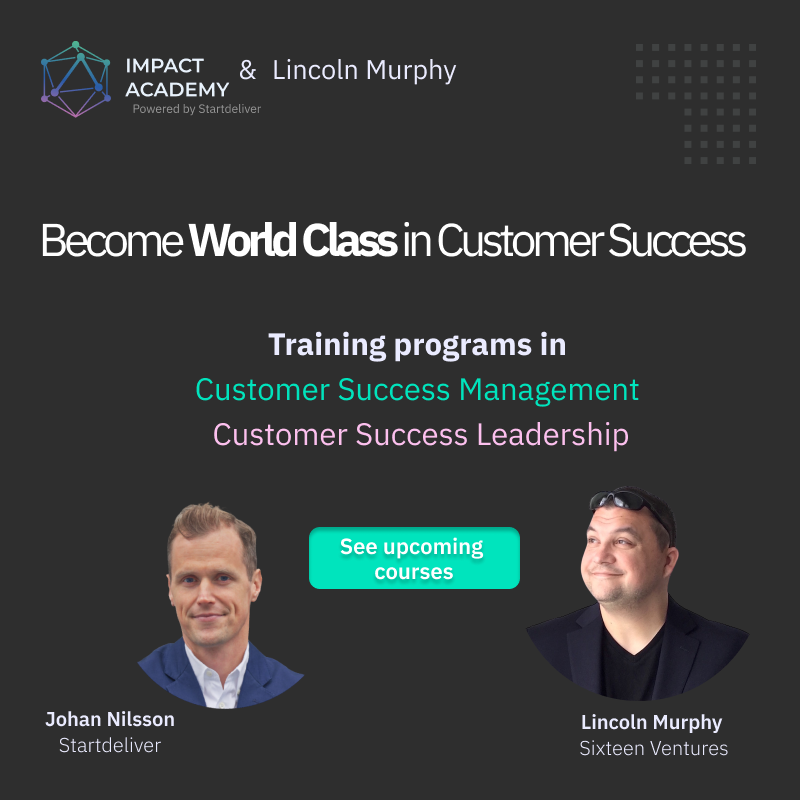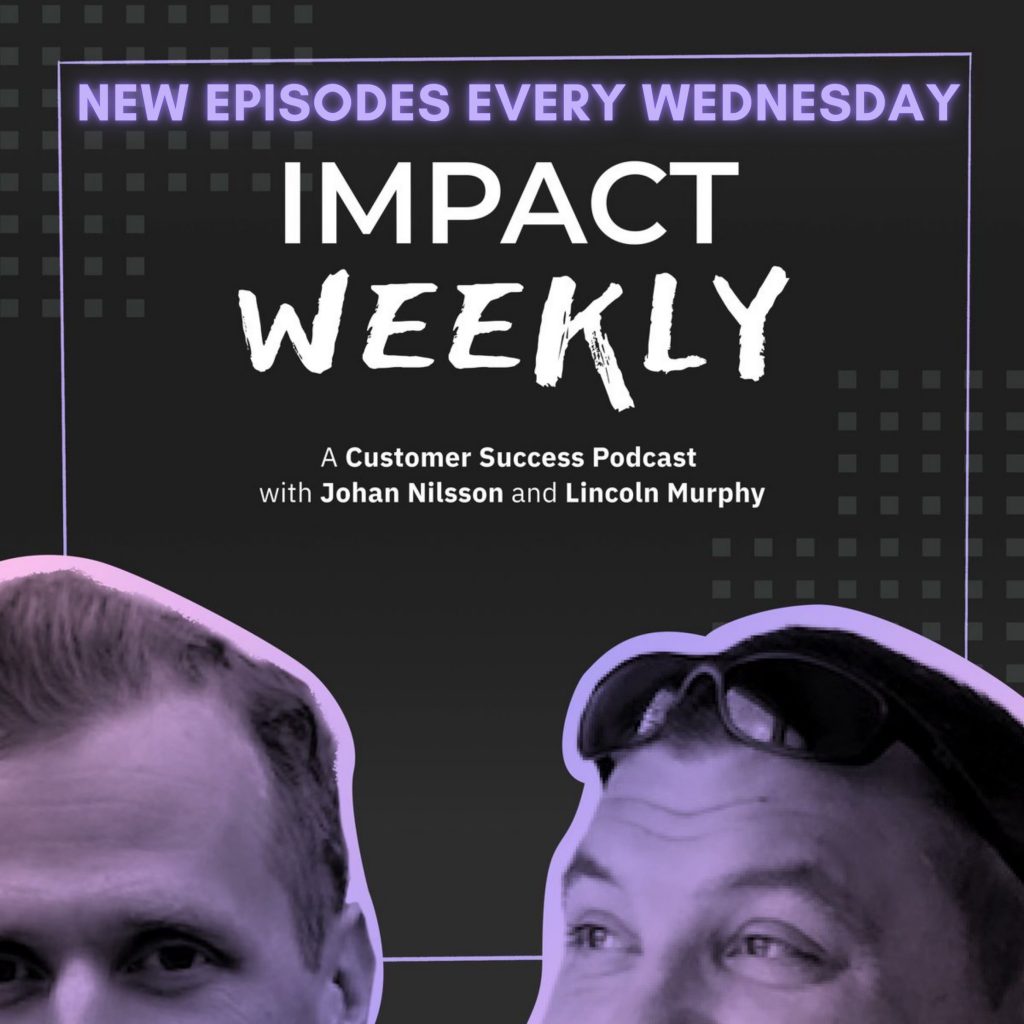 The other day I got an email from a SaaS CEO friend of mine telling me his product team is finally ready to tackle a major problem with their onboarding flow during their Free Trial.
The other day I got an email from a SaaS CEO friend of mine telling me his product team is finally ready to tackle a major problem with their onboarding flow during their Free Trial.
It turns out they have one screen in the flow that is causing them big problems.
And in this case, a “big problem” is that prospects entering their Free Trial would, at some point, hit that screen and leave… never to be heard from again!
Yeah, that’s kind of a big problem.
Now, as you can imagine, this screen happens to be a very important piece of the customer onboarding process, meaning prospects or new customers can’t skip it, and changing it will take significant engineering resources (not just the screen itself, but all the stuff going on behind it).
That’s how screens like this get to be, well, screens like this, right?
This SaaS vendor has basically tackled all the low-hanging fruit around this screen, which means this screen sticks out like a massive sore thumb even more.
So, it’s time to make a change and unstick that stuck onboarding flow.
But first…
An A/B Testing Sanity Check
Before they just ripped it out and started down the road of re-engineering this screen (or, more appropriately, this “process” as it will likely be several screens of varying complexity when “fixed”), they wanted to make sure that portion of the onboarding flow as really the problem.
So they created a big A/B test (not red vs. green button colors, but a BIG test; different early-stage onboarding flows), and this screen was the common bottleneck with statistical significance.
Across both versions, this screen was causing an almost 90% drop-off.
That means that 9 out of 10 people that got to that screen left.
But it gets worse…
…most people that hit that screen never came back. They never logged in, again.
The screen seemed to hurt their feelings or insult their family.
When you’ve worked hard, spent money, and dedicated resources to getting people into your Free Trial…
… seeing 90% of those folks churn out in what amounted to the first few minutes of usage hurts (ego, feelings, bank account, trust with those folks who wanted your product to help them, etc.).
So his question to me was simple: “what should we do to this screen to make it work better?”
That was a simple question, but like most simple/quick questions, the answers are anything but.
So, my answer was “I don’t know…” but then I followed it up with these 5 steps I’d take to turn that “I don’t know” into “I have a better idea.”
And I’m sharing them with you, too.
5 Steps to Unstick Your Stuck User Onboarding Flow
This process involves talking to customers, watching users, and otherwise learning from those people you sell to and who use your product.
Given that you’re at this point, I can only assume you really haven’t done much of that to-date. This will be uncomfortable… I’m sorry.
1. Talk to Those Who Bounced & Didn’t Convert
This may be a little uncomfortable, especially considering you’d be reaching out to people that made a choice not to become customers. But that’s exactly why you’re reaching out. They didn’t convert. They didn’t even get started.
And you need to know why.
You can’t do any of the next three things on this list with these folks… it’s too late. The only way to extract the intel they hold in their brain (and heart… you hurt them) about why your Free Trial is repelling customers rather than converting them is to ask them.
Get out of your own way and just do it.
Send a quick email with an open-ended question.
Leave your ego at the door, put your tail between your legs, and talk to them like they’re a real person.
Don’t ask to jump on a call or if they could spare some time. Don’t offer a Starbucks gift card or anything for their time.
Just lay it out for them, in plain, but terse, language, and then ask them what the problem was.
You could – if you wanted – include a picture of the screen we know they bounced at to jog their memory, but that’s it.
Keep it simple and human.
Will everyone respond favorably to your request? No. Don’t worry about them. Who cares.
Instead, focus on the handful that do respond and get as much from them as possible. Keep your back-and-forth congruent with the context of the conversation and if warranted (the other person may actually suggest it), you can ask for a Skype call… but only if it makes sense.
Okay, so that’s the past (though you can do this for current/future prospects that bounce a few days later if none of the other ideas below work)… how do we get intel from those currently experiencing the pain that is this screen? Well….
2. Ask ’em What’s Wrong While They’re On The Screen
We know this screen is a problem (or we’re pretty darn sure, right?).
So, since it’s no real secret (I mean, they’ve seen the screen), we might as well just address the elephant in the room.
Normally I’m not a huge fan of bringing up potential objections, but in this case… we’re somewhat sure there’s an objection. So instead of hiding from it, we might as well put that knowledge to work.
Okay, so when someone hits this screen, after a few seconds, ask them if they find the screen confusing. Do this right when they might be confused by the screen. Use a tool like Qualaroo, Olark, or something to make this work. If you can do this live and start a chat session with them, even better.
If you don’t want to do that (I’d ask you to reconsider), then you could just trigger an email once they hit the screen that asks the same thing. Vero or Customer.io would work here. But I’d rather just hit ‘em up right when they’re staring at the monstrosity.
Again, will everyone who you ask respond to your inquiry? Heck no. But some will. And those folks hold your fortune in their hands. Grab it.
Okay, at this point you’ve talked to people who bounced before, now you’ve asked people while they’re on the evil page… and you’re starting to spot patterns.
But there’s more you can do…
3. Leverage Exit Intent
You know what exit intent is… other than the term being somewhat obvious (they’re intending to exit your site), you’ve experienced it.
You know when you go to leave a page and a pop-up appears that tries to get you – one last time – to take an action? That’s exit intent.
Most of the time it’s used to try to get you to join a mailing list, but in Internet Marketing circles, it’s often used as a down-sell trigger.
Buy this thing for $19.99 => exit intent => wait… don’t leave. What about $0.99? => Yay!
You know the drill.
So why do *those* Internet Marketer types do that? Because they know that once you leave, they probably lost you forever. But… if they can get you to become a customer, even for just $0.99, they know that you’ll probably buy more stuff later (including the One Time Offer that comes after that down-sell).
This “exit intent” thing has been big in IM circles for a while, but once high-end non-IM Internet Marketers like Neil Patel and Ryan Deiss started talking about and using this stuff on more mainstream properties, suddenly it became an acceptable thing to do. And you saw high-end services like BounceExchange pop up to offer this technology for $1000’s per month… only to quickly get commoditized by cheap / free Javascript libraries or WordPress plugins.
Now every blog has an “exit pop” and it’s super-annoying. But it makes sense if you think about the transient nature of content consumption these days. We don’t follow blogs anymore… we react to social signals and community up-votes. We may read one article from someone today… and never read anything from them again.
I think it’s just harder to cultivate a following from scratch these days, so it makes sense… if I don’t get aggressive and get you to opt-in to hear from me about my next post, we may never cross paths again.
Okay, okay.. so what? What does this have to do with helping you unstick your onboarding process? Everything, but mostly the “get aggressive” and “transient nature” stuff.
Look, if we can leverage “exit intent” to ask why they’re leaving, closing the tab, logging out, etc. we might as well. If we don’t, we may not get another chance. You must embrace this fact.
Which means we need to do what we can to find out what’s going through their mind.
Also, the “transient nature” piece speaks to the fact that in the onboarding process – and especially during a Free Trial – you have a very fragile, immature relationship with the customer or prospect.
The reality is, you’re not at the top of their mind, yet. You’re not the center of their universe, yet. You will be (that’s the goal), but you’re not yet.
And not yet means you can lose them really easily.
And if they’re leaving, that’s because they just made a conscious decision to leave. If it’s not to close the tab our app is open in, it’s at least to stop the process we want them to complete to go do something else.
What else is more important than finishing the onboarding process of our app?
To them? Apparently anything else at all.
To us? Nothing. Not. One. Thing.
So get aggressive.
Do an exit pop and just ask one question: can you follow-up with them to ask a few questions about the screen they were just on? If they click yes, IMMEDIATELY FOLLOW-UP with them via email, call, whatever.
Shocker, Qualaroo is good for this as well, or you could leverage any of the exit intent pops out there or roll your own. Whatever. But do it.
Okay, so now you have even more intel, but guess what… some people STILL won’t help you. Yep, not everyone that sees your exit pop will play the game.
Some will – focus on them – and you’ll start seeing all sorts of patterns in what they say + everything else you’ve gathered.
But there’s more you can do…
4. Record Actual User Sessions
Okay, since they won’t tell us what’s going on, we’ll just spy on them.
Use SessionCam, Clicktale, Inspectlet, Mouseflow, etc. to record real life sessions to see how people actually interact with the screen.
Sure, you’ll miss out on how they feel about it, but you can probably figure that out when you see their mouse move in rapid circles before they closed their browser. There was probably swearing involved.
Done right, you can even correlate the recorded sessions with any intel you get from the user through the other methods.
Okay… so now you have intel from interviews with prospects that bailed on you and those that talked to you after the exit intent worked its magic, feedback from in-app surveying, and hours of recordings of frustrated users to review.
That’s a lot of data! And it should be good, actionable data.
So it’s time to rip out that horrible screen and build a new one, right? Clearly not… we’re not to #5 on the list yet.
There’s one more thing you need to do before you get started re-engineering the offending screen, and that’s to…
5. Think about Customer Success
You took your eye off the ball and that’s why the screen is the way it is. And in this case, the ball is the customer.
When you start building things in a vacuum or building stuff for your ego instead of your customers, you end up where this SaaS company ended up.
Or, this can also happen, by the way, when we listen to – and implement – customer requests while forgetting that part of Customer Success may actually be saying “no” to requests that don’t drive (even the one requesting the feature) toward success.
Sometimes customers ask for things they don’t need or that they had in other systems… and unless we truly understand what their Desired Outcome is, we may just say “yes” and build a feature which, ironically, ultimately leads to less success.
So whether it’s being lazy or working too hard at the wrong things and forgetting about your position as the subject matter expert, you must keep Customer Success in mind.
Remember, you really shouldn’t be selling your customers the features and functions of the software. Rather, you should be selling them the results they get when they use your software to perform those functions. I go into a good amount of detail on this subject in an article I published on LinkedIn.
So now, when you start redesigning the problematic screen, look at the screen (or, the “process” as I more accurately referred to it above) as part of the flow or journey from the customer’s POV… really understand what they need to see at that point to make them take the next step toward success.
The screen (as part of a greater process) doesn’t need to get them to do everything right then… just the one thing necessary right then to move one step closer to their goal. And their goal isn’t just the functional completion of the process, but the results the process delivers.
If you do all of the things listed above, you should easily be able to unstick your stuck onboarding or Free Trial process, just like I know my friend and his product team will be able to do.


